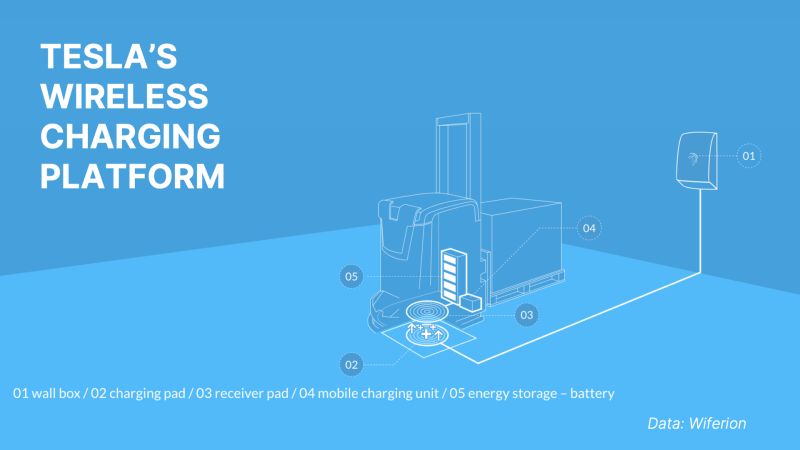Your electric car will soon be charged wirelessly.
Tesla completed the acquisition of Wiferion, a German company recognized for its expertise in wireless charging. This development opens up a wide array of possibilities, given Tesla’s track record of integrating cutting-edge technologies into its ecosystem.
1. Home charging: Wireless EV charging could be one direction that Tesla might take with this acquisition. By introducing such an innovation, Tesla could potentially enhance the user experience, making charging processes more effortless and efficient at home.
2. Superchargers: Another angle could be making high-speed wireless charging available at Superchargers. It could streamline operations and possibly minimize equipment wear and tear. But it’s worth noting that the existing Superchargers have a robust design, and achieving high-speed wireless charging could present technological challenges.
3. Semi and Robot charging: In addition to consumer charging solutions, wireless charging could be optimized for Tesla Semi trucks, or perhaps utilized for Tesla’s robotic innovations like the Optimus.
4. Robotaxi charging: Another possible direction is the application of wireless charging for autonomous vehicles. Envision a scenario where Tesla’s self-driving vehicles autonomously navigate to a charging station and recharge without human intervention.
In summary, this recent acquisition by Tesla represents a potential game-changer for the EV market. While speculation about the exact applications is rife, we remain confident that whatever the outcome, it will mark a significant step forward in the electrified transportation landscape.
What are your thoughts about wireless charging for cars?
#Tesla #WirelessCharging #EV

